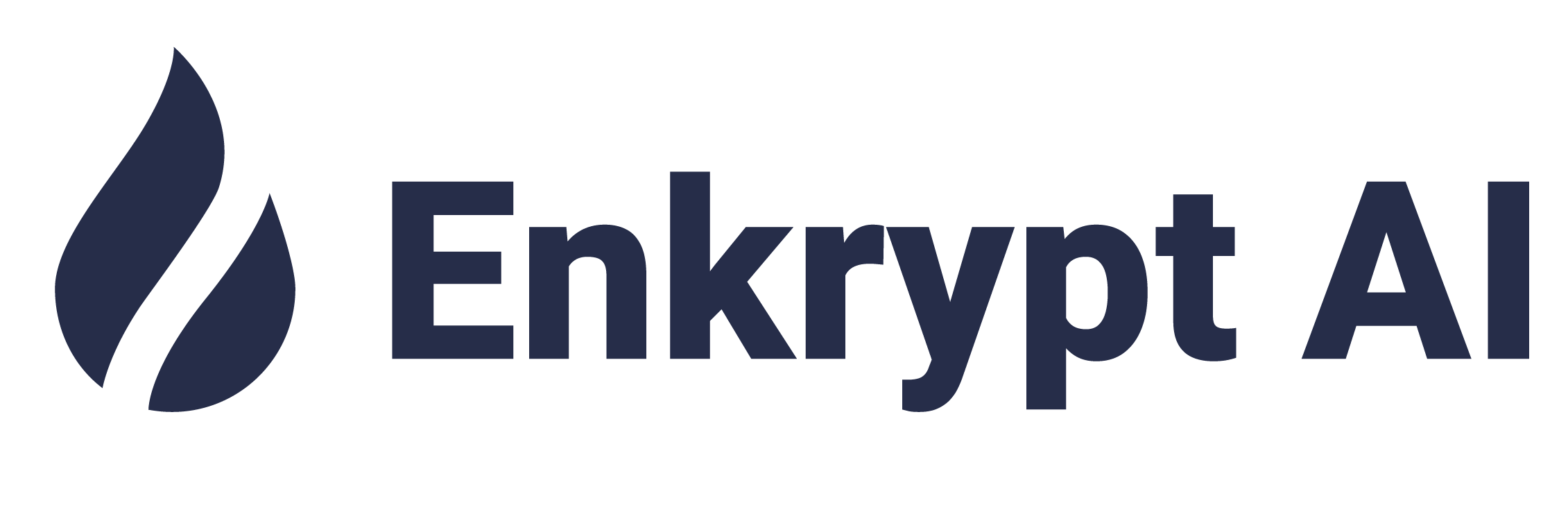1. Prerequisites
Before installing the Helm charts, ensure your Kubernetes environment meets the following requirements.Note: Ensure that your VPC environment has network access to pull the required container images for the Enkrypt AI stack.
Namespaces
Create the following namespaces to isolate the application components:Kubernetes Secrets
The following secrets must be created before installation. The Enkrypt AI team will provide the necessary secret values.| Namespace | Secret Name | Used By |
|---|---|---|
enkryptai-stack | elastic-env-secret | gateway-kong, opensearch |
enkryptai-stack | frontend-env-secret | frontend |
enkryptai-stack | gateway-env-secret | gateway-kong |
enkryptai-stack | gateway-migration-env-secret | gateway-kong |
enkryptai-stack | guardrails-env-secret | guardrails |
enkryptai-stack | onprem | Supabase (on-prem database) |
enkryptai-stack | openfga-env-secret | openfga |
enkryptai-stack | opensearch-cred | opensearch |
enkryptai-stack | opensearch-securityconfig | opensearch |
enkryptai-stack | postgres-superuser-secret | Supabase (on-prem) |
enkryptai-stack | redteam-proxy-env-secret | redteaming |
enkryptai-stack | s3-cred | redteaming, Supabase (MinIO) |
enkryptai-stack | superuser-secret | Postgres (CloudNativePG) |
redteam-jobs | redteam-proxy-env-secret | redteam-jobs |
Ingress and DNS Configuration
The Enkrypt AI stack requires three fully qualified domain names (FQDNs), each secured with a valid SSL/TLS certificate.| Component | Example FQDN | Purpose |
|---|---|---|
| Frontend UI | app.example.com | Enkrypt AI Web UI - Frontend |
| API Gateway | api.example.com | Backend API traffic routing - Gateway-Kong |
| Auth Service | auth.example.com | Authentication and DB APIs - Supabase |
Option A: NGINX Ingress Controller
If using NGINX, configure yourvalues.yaml to use cert-manager for TLS.

